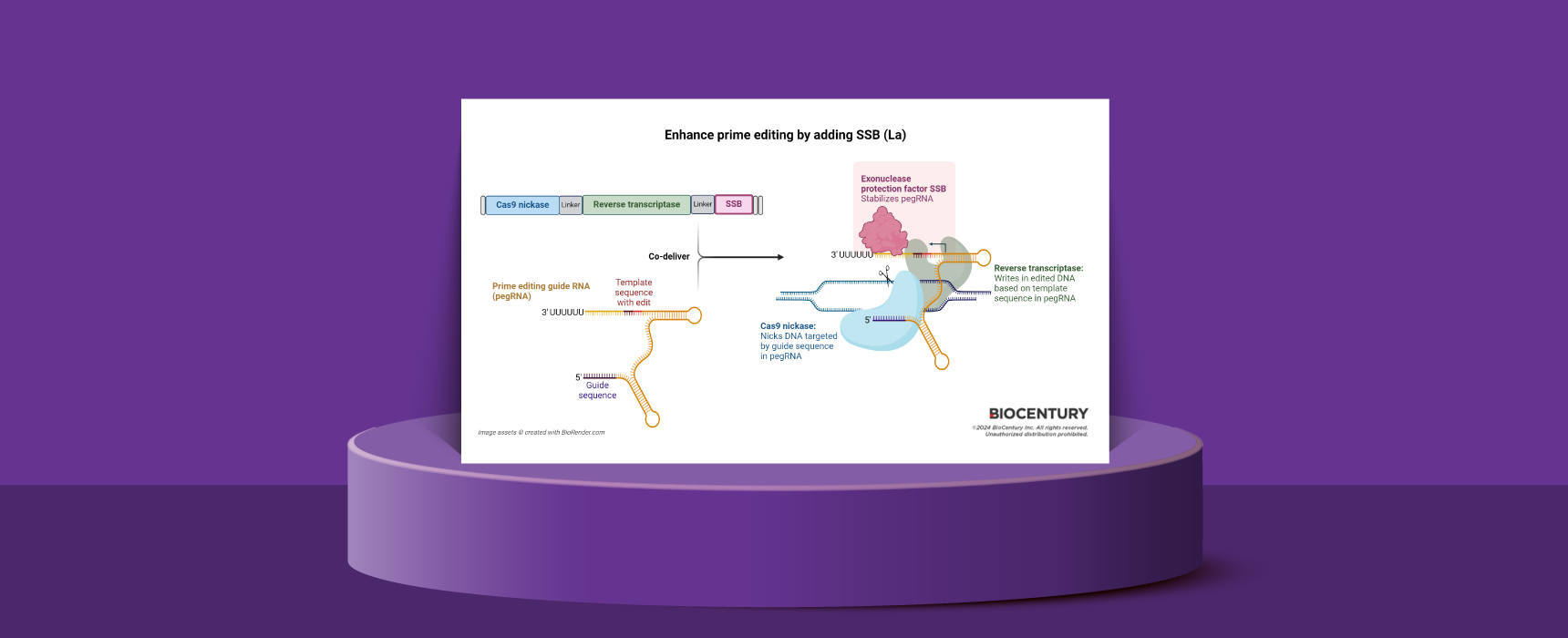On April 6, 2024, at 1:38 AM UTC, two separate academic groups made significant advancements in the efficiency of genome editors. One group focused on prime editing while the other worked on base editing. In addition to these discoveries, researchers from Graphite Bio outlined a strategy to enhance homology-directed repair during CRISPR gene editing.
In recent research by Britt Adamson at Princeton University, an RNA-binding protein was discovered that enhances prime editing efficiency. This protein is able to bind to and stabilize prime editing guide RNAs, leading to improvements in the editing process. The discovery of this protein has the potential to greatly impact the field of genome editing by making the process more efficient and effective.
Another breakthrough came from a separate academic group that developed a new method to improve base editing efficiency. This advancement is crucial for researchers working with genome editors as it allows for more precise and targeted editing of genetic material. The combination of these two discoveries could lead to significant advancements in the field of genetic editing and pave the way for new treatments and therapies.
These translational innovations are a testament to the ongoing research and development in the field of genome editing. By continuing to improve the efficiency and effectiveness of editing tools, researchers are able to make strides in understanding and treating various genetic disorders. The future of genetic editing looks promising as these recent advancements lead towards new discoveries and breakthroughs.


